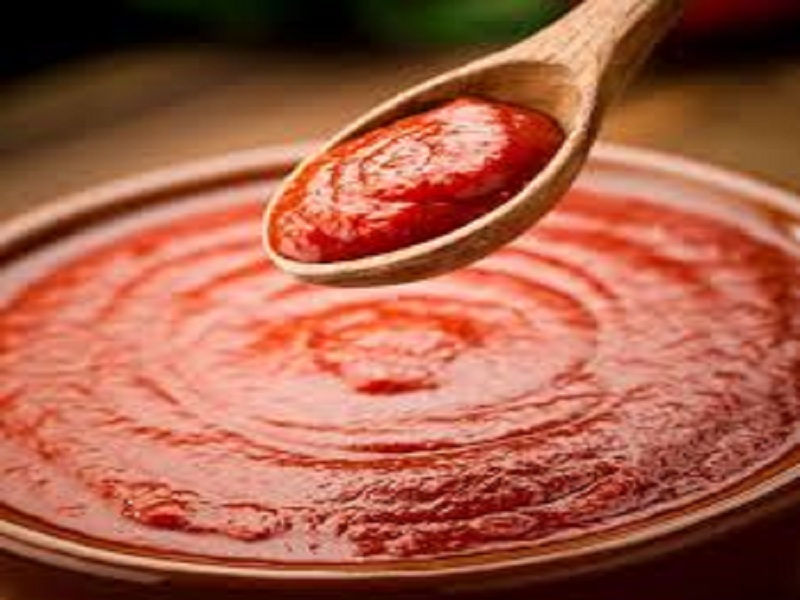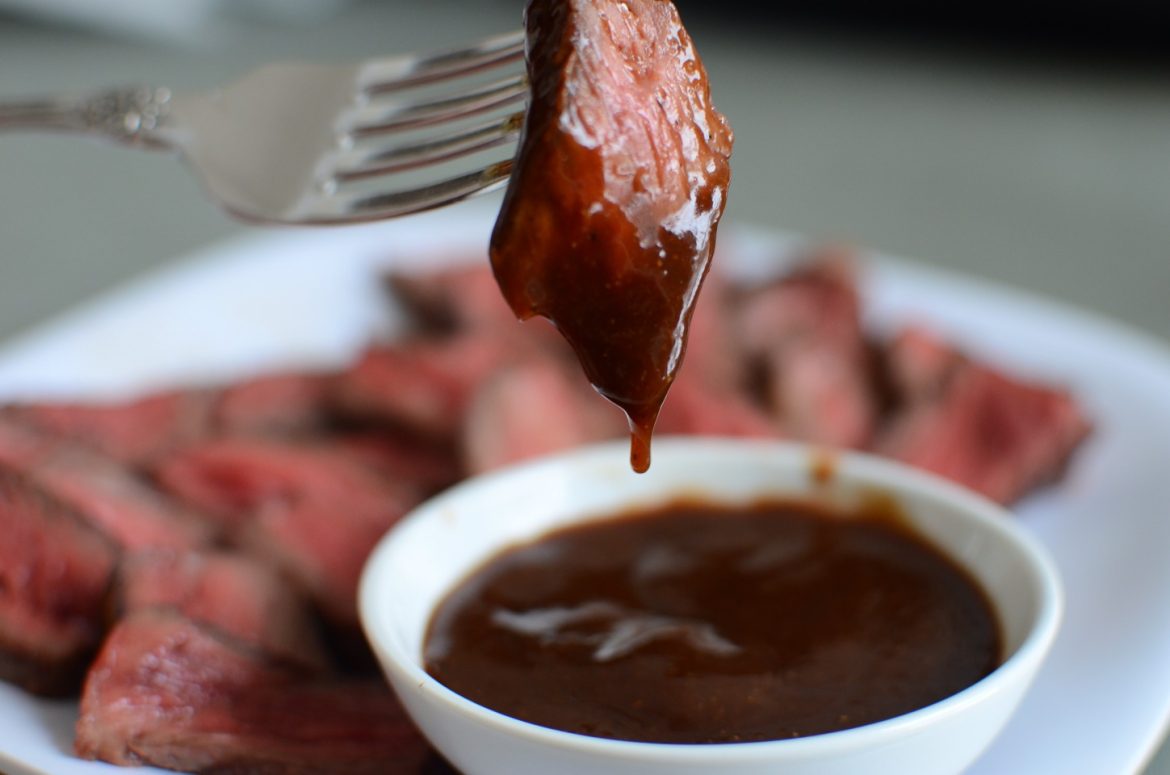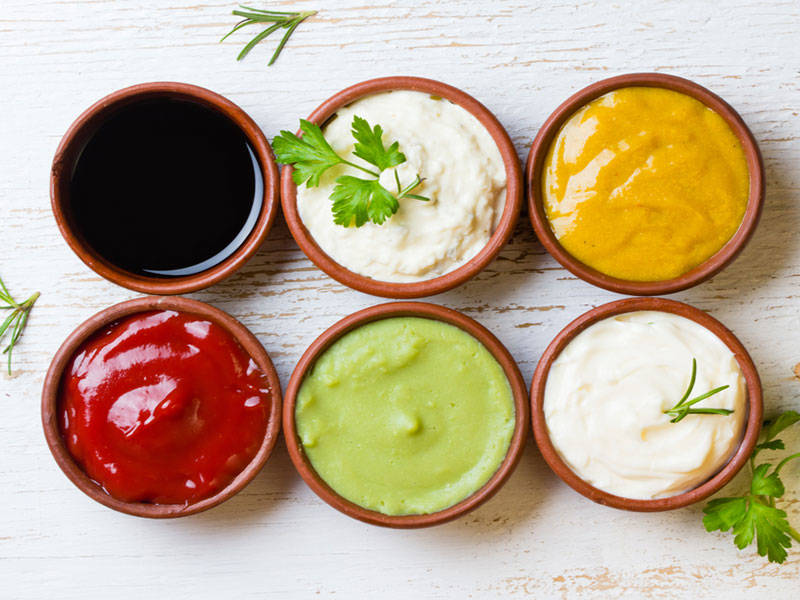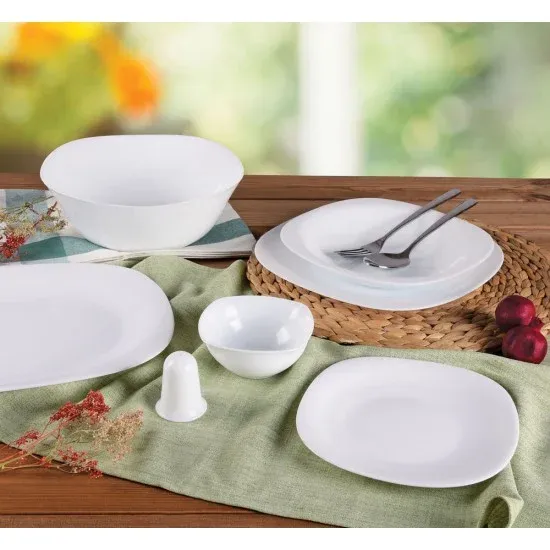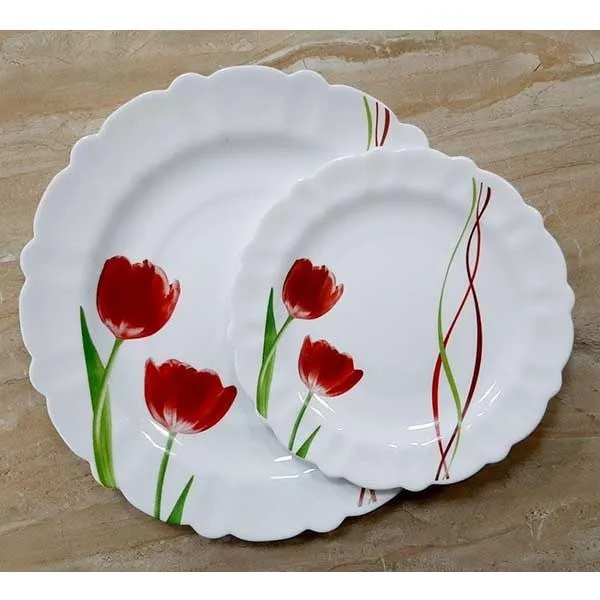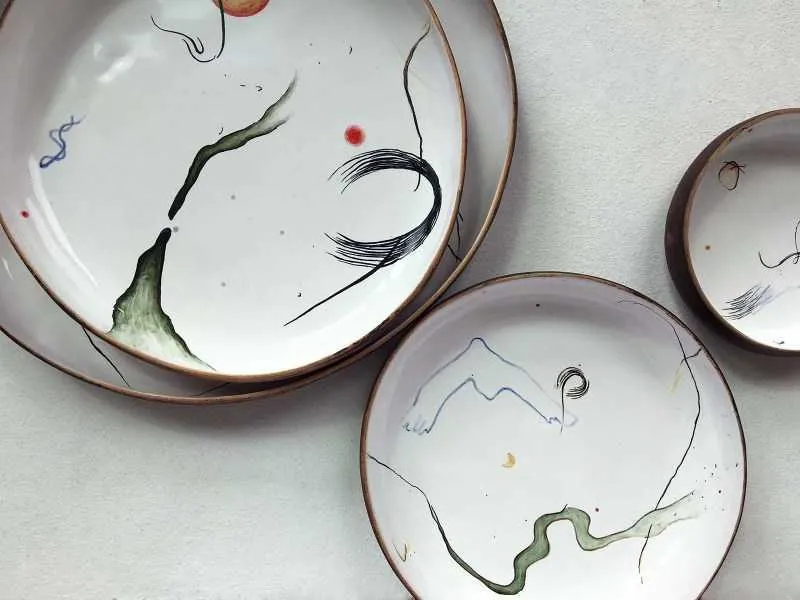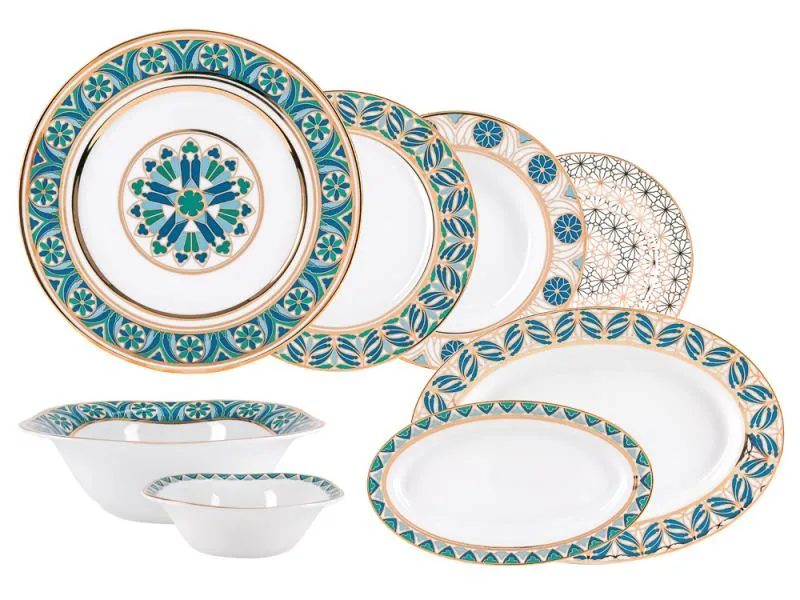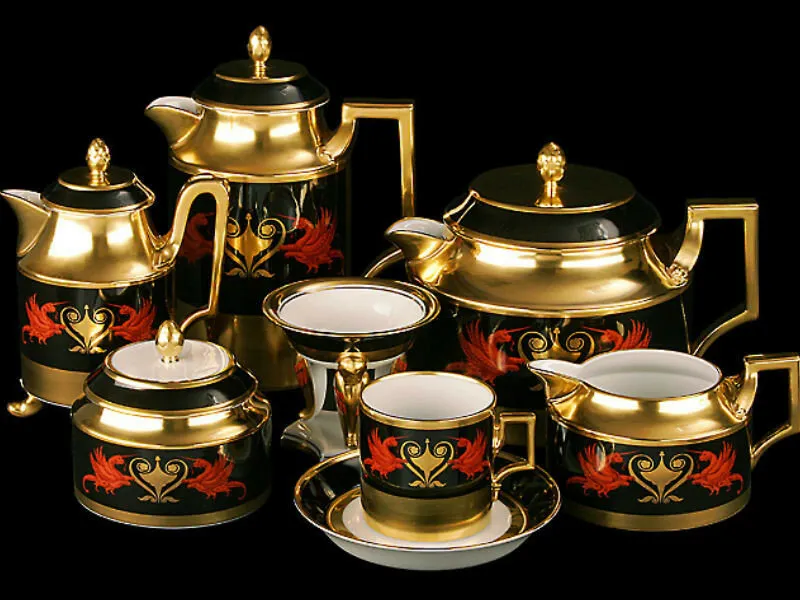The Timeless Allure of Antique Glass Bowls
Introduction:
Antique glass bowls have a magnetic charm that has captivated collectors and enthusiasts for generations. Their intricate designs, delicate craftsmanship, and historical value make them highly sought-after items in the world of vintage décor. In this article, we will delve into the fascinating world of antique glass bowls, exploring their unique qualities, factors to consider when buying, and how prices are determined.
Discuss Antique Glass Bowls:
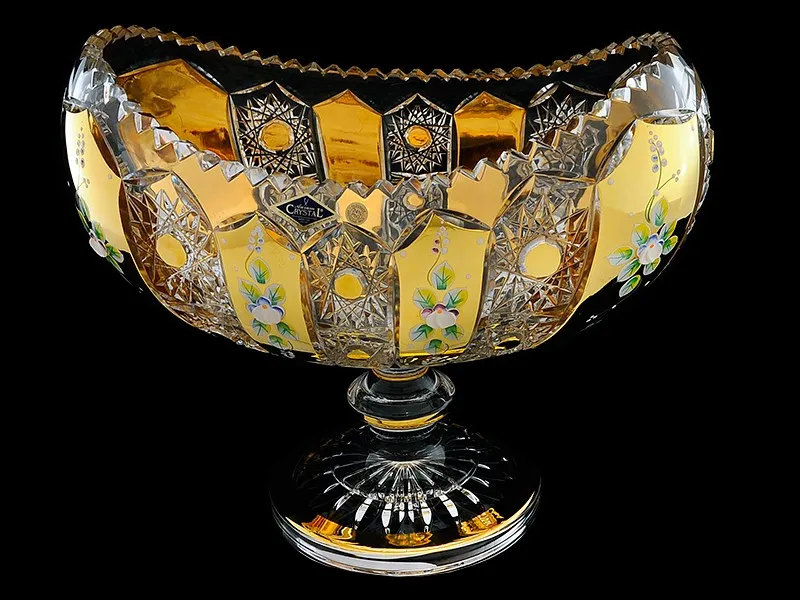
Antique glass bowls are more than just functional vessels; they are exquisite works of art. The craftsmanship and attention to detail displayed in these historic pieces are a testament to the artisans of yesteryears. Often reflecting the design trends of their respective eras, antique glass bowls showcase various styles, including Victorian, Art Nouveau, Art Deco, and Mid-Century Modern.
These bowls were primarily used for decorative purposes, displaying fruits, flowers, or even serving as centerpieces. Their beauty lies not only in their outward appearance but also in the way they capture and reflect light, creating shimmering and vibrant effects. The artistry involved in creating such bowls is remarkable, with some featuring intricate hand-blown patterns, delicate engravings, or colorful glass-cut designs.
Buying Antique Glass Bowls:
When considering the purchase of antique glass bowls, it is essential to keep a few key factors in mind.
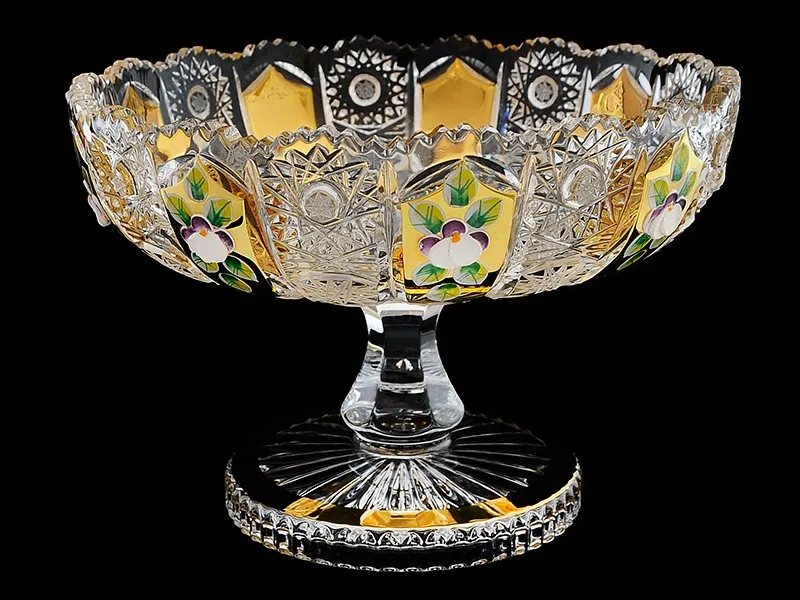
1. Authenticity: The first and foremost aspect to consider is the authenticity of the antique glass bowl. Genuine pieces are marked or engraved with the manufacturer’s logo or signature, helping to identify the origin and dating of the item. Researching reputable dealers or consulting experts in the field can ensure the authenticity of your purchase.
2. Condition: Pay particular attention to the condition of the antique glass bowl. Look for any cracks, chips, or repairs, as these can significantly impact the value. Minor wear and tear are to be expected, given the age of the piece, but substantial damage may diminish its worth.
3. Style and Design: Determine the particular style and design you are interested in. Whether you prefer elegant Victorian-era cut glass bowls or the sleek lines of Art Deco designs, knowing your personal taste will narrow down your search and make the buying process more enjoyable.
4. Rarity and Historical Significance: Consider the rarity and historical significance of the bowl you are interested in. Some antique glass bowls may have been produced in limited quantities, or their design might reflect a significant period in history. Such factors can greatly impact their value and desirability among collectors.
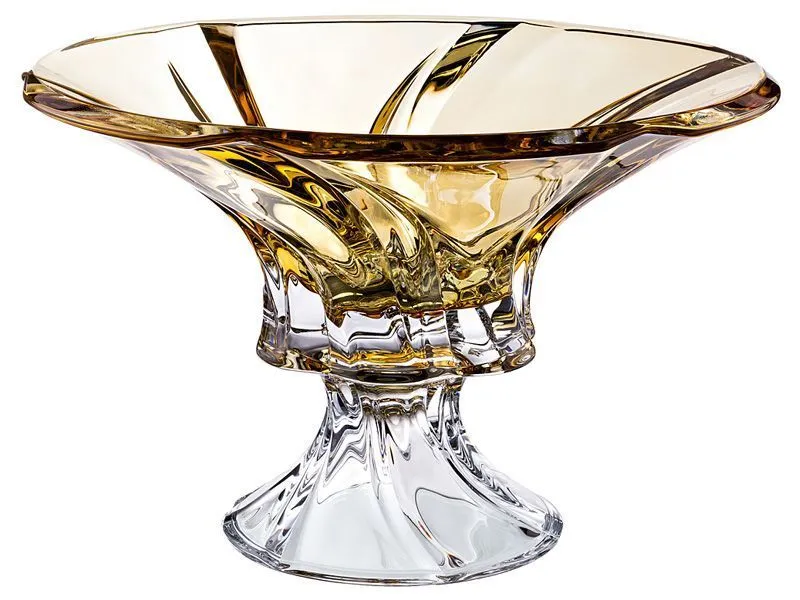
Price of Antique Glass Bowls:
The price range of antique glass bowls can vary significantly based on several factors:
1. Rarity and Demand: As with any collector’s item, the rarity and demand for a particular antique glass bowl will greatly influence its price. Rare designs or patterns that were only produced for a short period tend to command higher prices. Conversely, more common styles may be more affordable.
2. Condition: The condition of the antique glass bowl plays a vital role in determining its value. Bowls in excellent condition, with minimal signs of wear, repair, or damage, will generally be priced higher.
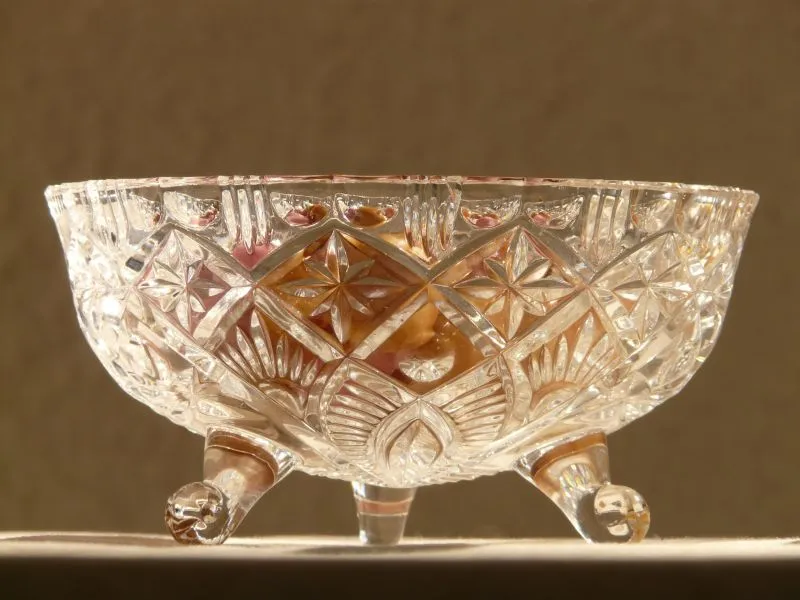
3. Quality and Craftsmanship: Hand-blown glass bowls or those created by renowned manufacturers often carry a premium price due to their exceptional quality and craftsmanship. Certain makers, such as Tiffany & Co., are synonymous with exceptional quality and are highly sought after by collectors. The reputation of the manufacturer can impact the price of an antique glass bowl.
4. Documentation and Provenance: If an antique glass bowl comes with verified documentation or provenance, its value can significantly increase. Historical documentation, including records of previous owners or exhibitions, adds to the bowl’s authenticity and provenance.
In conclusion, antique glass bowls possess an enduring aesthetic appeal that continues to enchant collectors and admirers alike. Their rich history and exquisite craftsmanship make them treasured pieces of functional art. By considering factors such as authenticity, condition, style, rarity, and historical significance, collectors can navigate the intricacies of buying antique glass bowls. While prices can vary depending on factors such as rarity, condition, quality, and provenance, the joy of owning a piece of history and the beauty it brings into one’s daily life is priceless.
